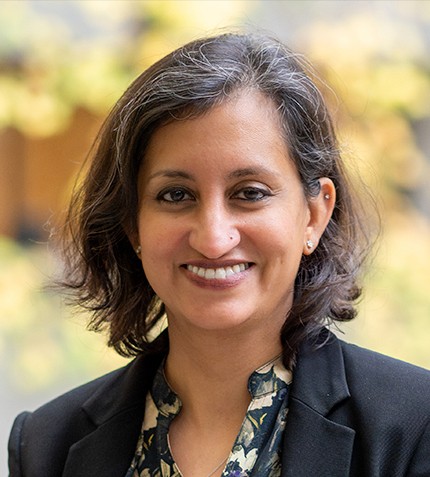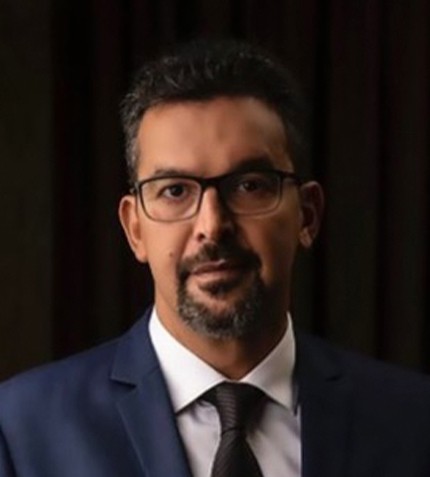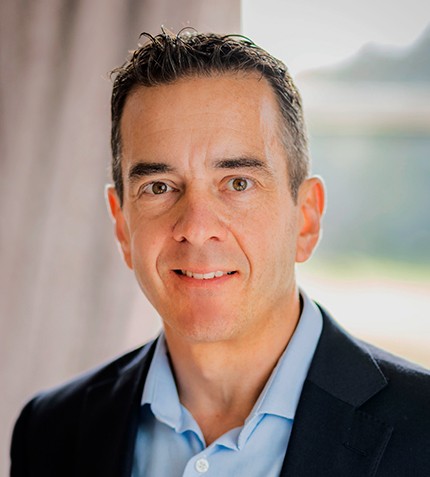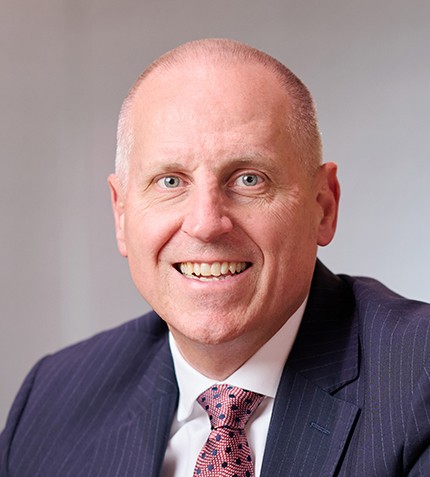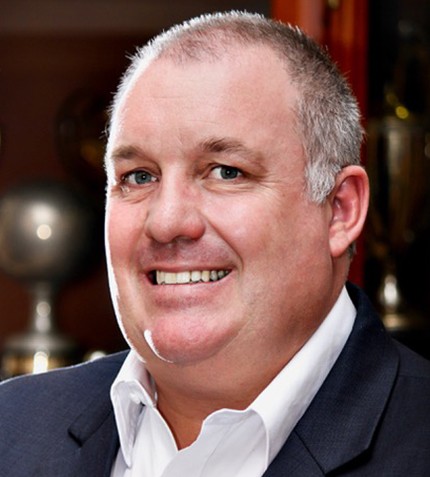
"At AGG, our strategy is to get the mine built as quickly as possible to be able to enjoy the current price, and I expect we will see one or two years of very interesting activity in the junior space with consolidations and M&As coming up."
Danny Callow
CEO, AFRICAN GOLD GROUP (AGG)
AGG has had significant shifts in its board structure. Could you briefly outline these?
We have changed our board composition quite radically, which is an important step for AGG as we move from a junior explorer into a construction and operating entity. The first change is bringing in our new chairman, Scott Eldridge, who runs his own investment finance company out of Vancouver. We also brought in Jan-Erik Back and John Begeman has moved up to Lead Independent Director. We are all very aligned in our strategy to grow the company quickly from a single asset to a multi-asset gold player in West Africa.
Could you share some highlights from the recent Definitive Feasibility Study (DFS) released for the Kobada gold mine in Mali?
The DFS brought better-than-expected, compelling results, with an all-in sustaining cost (AISC) of US$782/oz, which is in the lower cost quartile in the West African space. In addition, we are now looking at 100,000 oz per annum production, as a result of a significant increase in our reserves from 500,000 oz to 755,000 oz on the back of 11,500 m exploration drilling over the past nine months. Our DFS is based on drilling of only 15% of the property (about 4 km of the 30 km shear zones identified), which means that we have a great upside potential to expand the resource.
Besides Kobada, AGG also owns the Madougou gold project in Burkina Faso. Are you looking to expand your portfolio beyond these assets?
Over the past few years, we have witnessed a huge shift in the West African gold space, with companies like Barrick looking at projects of 750,000 to one million oz, while the traditional mid-tiers like Teranga, Endeavour and Resolute seek out projects of 200,000 oz plus. I expect a divestment of smaller assets from those mid-tiers (between 50,000 to 150,000 oz); projects which are ripe for picking by companies like ours.
What are your thoughts about current gold fundamentals and how will these impact AGG?
There are few gold producers with operating costs above the US$1,000/oz mark, so at over US$2,000/oz gold spot price, they are making very substantial cash flows. Over the months to come, I believe we will be seeing some volatility in the gold price, predominantly because it is very sensitive to current news events around COVID-19 and events between the US and China, but the overwhelming majority of market analysts are still very bullish on the price. At AGG, our strategy is to get the mine built as quickly as possible to be able to enjoy the current price, and I expect we will see one or two years of very interesting activity in the junior space with consolidations and M&As coming up.
What will be the main ESG considerations during the reviewed Environmental and Social Impact Assessment (ESIA) at Kobada?
As somebody who has worked in many tough countries in Africa, I have always had the philosophy that you need to be a good neighbor. When we started last year, the first thing I did was to meet the local chiefs, who are very prominent in the societal organization of the country. The strong message that we heard from the local chiefs was that they were happy to see us working in the region, but they asked if we would be prepared to employ locally and buy local goods and services; in return, the local community is assisting with keeping artisanal miners away from the property.
We also made a decision not to have anybody within 300 m of our mining area, and particularly to have no one living downstream of our tailings dam area. Therefore, there will be a partial relocation of some properties. In terms of sustainable environmental management, we have included full HDPE lining of the tailings dam into the cost of the project. AGG will also partner with a power provider to construct a hybrid power plant (solar-battery energy storage-and heavy fuel oil), producing 40% of green energy, and diverting the surplus energy to the community.
As a greenfield project, could you give us an idea of the infrastructure that needs to be built?
The entire project will cost US$140 million, of which US$80 million will be used on the 3 million-tonnes per annum processing plant and standard gravity plus carbon in leach process. The lower grade is also offset by simple, free dig mining and very low reagent consumption as the gold liberates easily. AGG has completed constructing the main camp with 40 units of accommodation. Other than that, the on-site infrastructure is fairly minimal, but luckily we are close to a very good road taking us straight to Bamako in under 3.5 hours.
Could you give us more details into your latest financing round?
We are very pleased to have closed our oversubscribed capital raise at US$11.1 million within two weeks, initially targeting a US$5 million raise, which brought in new institutional investors. Another successful milestone is that we have spread our shareholder base from what was predominantly Canada, to institutions in Australia, Switzerland, UK, as well as North America and Asia Pacific. With the new raise we have managed to put money aside for continued exploration drilling to extend the strike length of our current resource from 4 km while the plant is being constructed.
What is your final message?
African Gold Group remains very undervalued compared to our peers: as a near development operating gold producer, we are running at a market cap probably three to four times lower than our peers who are not even at the same stage as we are. I believe there is a massive opportunity in terms of investment upside.




